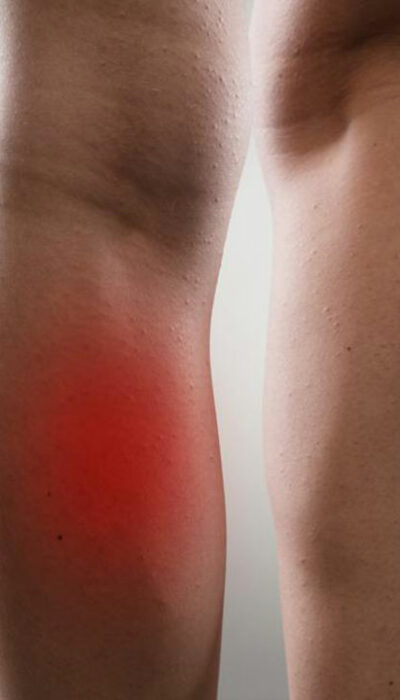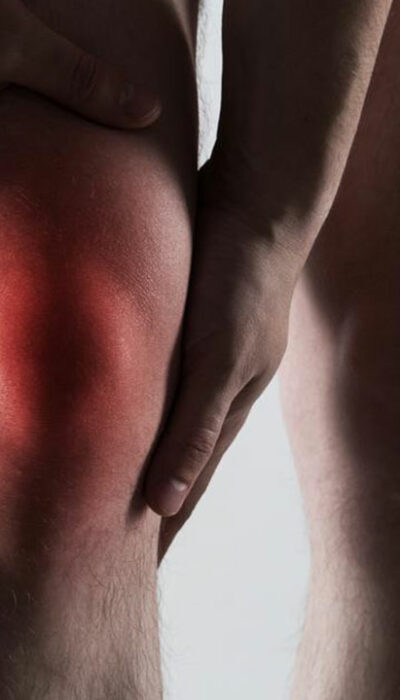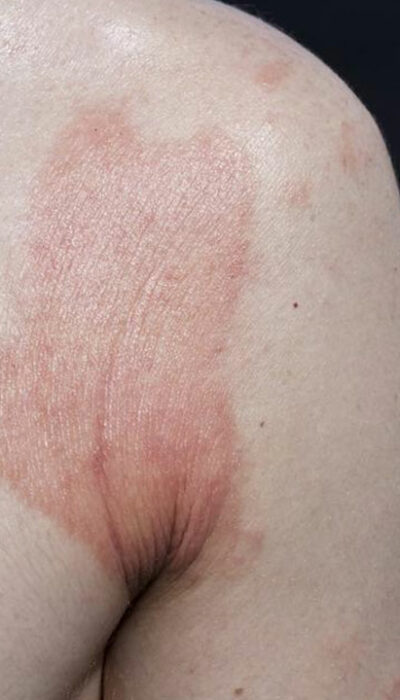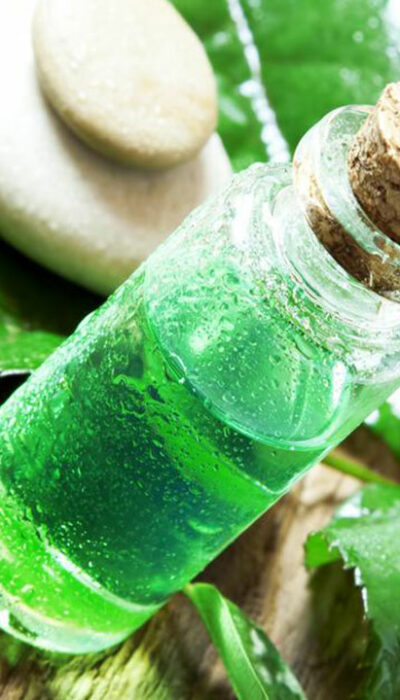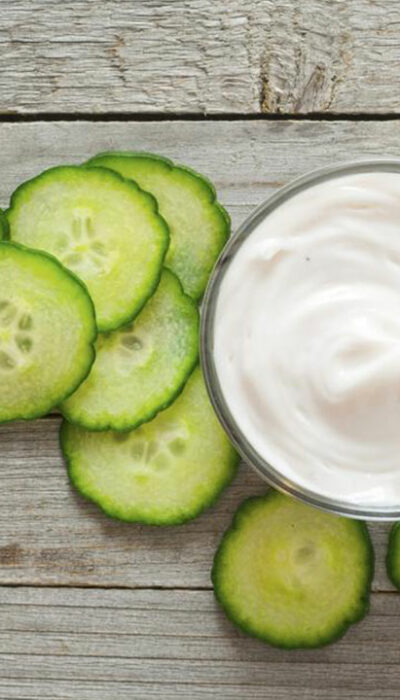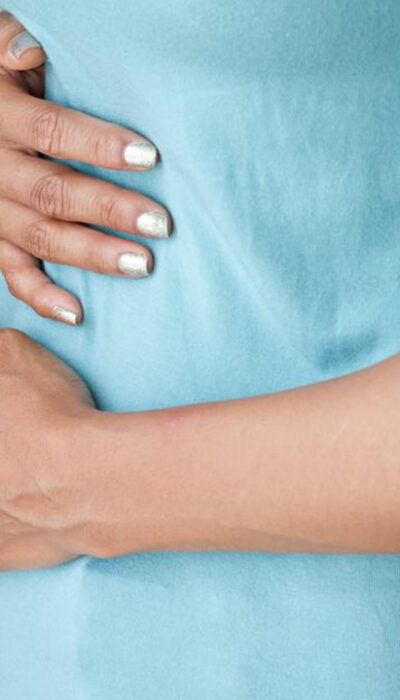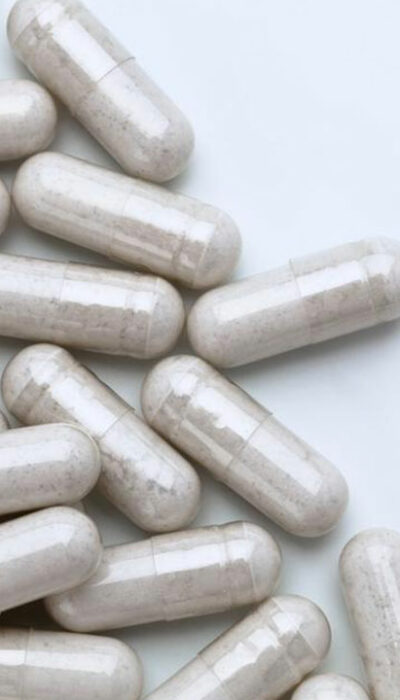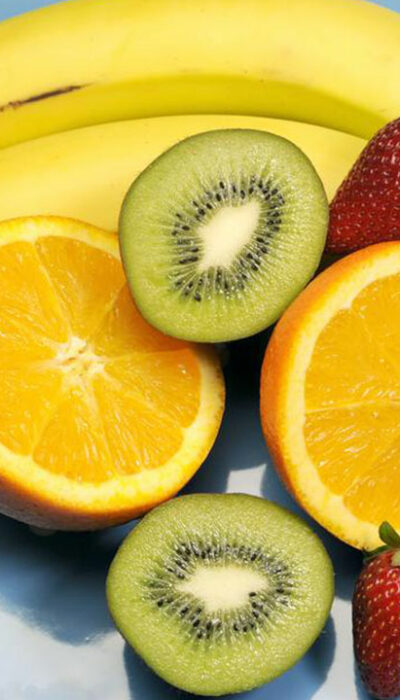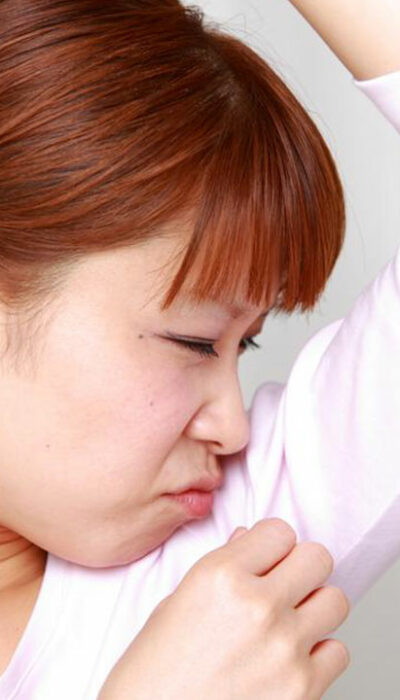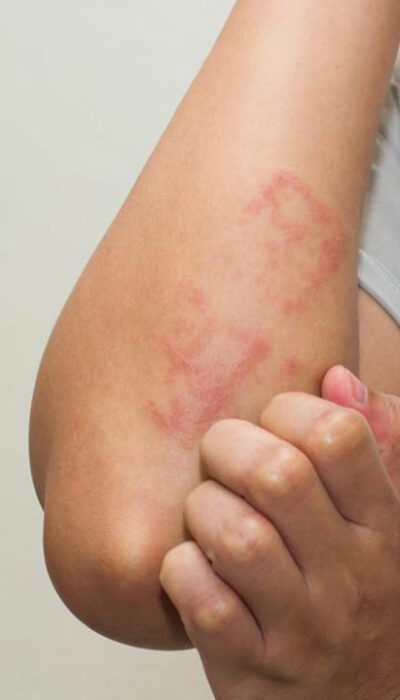
Symptoms and Treatment for Heel Pain
Pain over the back of the heel is a common problem worldwide, and it is usually nothing serious. It is the most common type of foot pain. Posterior heel pain commonly affects the back or underside of the heel. There are a few causes of posterior heel pain. Pain over the back or underside of the heel can cause difficulty in walking, running, and standing. Wearing tight shoes often aggravates the problem. Posterior heel pain is prevalent in older people and overweight people. Commonly associated symptoms of this condition are swelling, tenderness, redness, and pain in the heel. These signs and symptoms worsen with activity and weight-bearing situations like prolonged standing. Posterior heel pain is not a diagnosis itself, but instead, it’s a sign of other conditions like plantar bursitis, Achilles tendonitis, etc. Back of heel pain treatment focuses on identifying the underlying cause and relieving pain and discomfort. Back of heel pain treatment involves medication, physiotherapy, and home remedies. Common causes of posterior heel pain Back of heel pain treatment depends first and foremost on an accurate diagnosis. Since posterior heel pain is a relatively vague symptom, it has a vast differential diagnosis. The three main causes of posterior heel pain are commonly called ‘terrible triad.’ They are—Insertional Achilles tendonitis, Retrocalcaneal Bursitis, and Haglund’s deformity. Insertional Achilles Tendonitis The Achilles tendon is a long and strong tendon that connects the large muscles of the calf to the heel. It is the largest tendon in the body and is regularly subjected to heavy forces up to 24 times a person’s body weight. Repetitive stress on the Achilles tendon, especially in athletes, causes wear and tear over time. This weakens the Achilles tendon. The Achilles tendon tends to degenerate the most, at its insertional point in the heel called the calcaneus.
